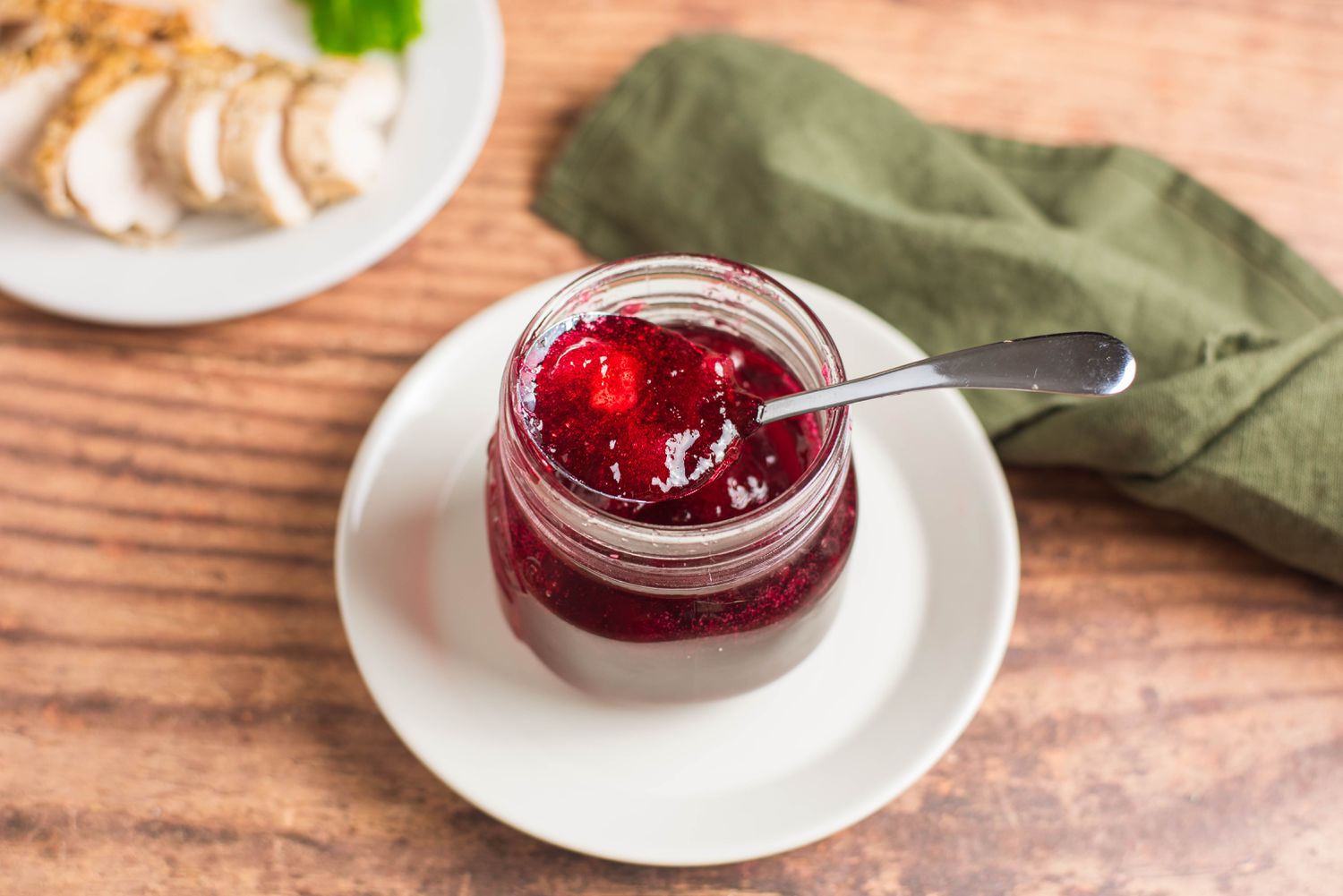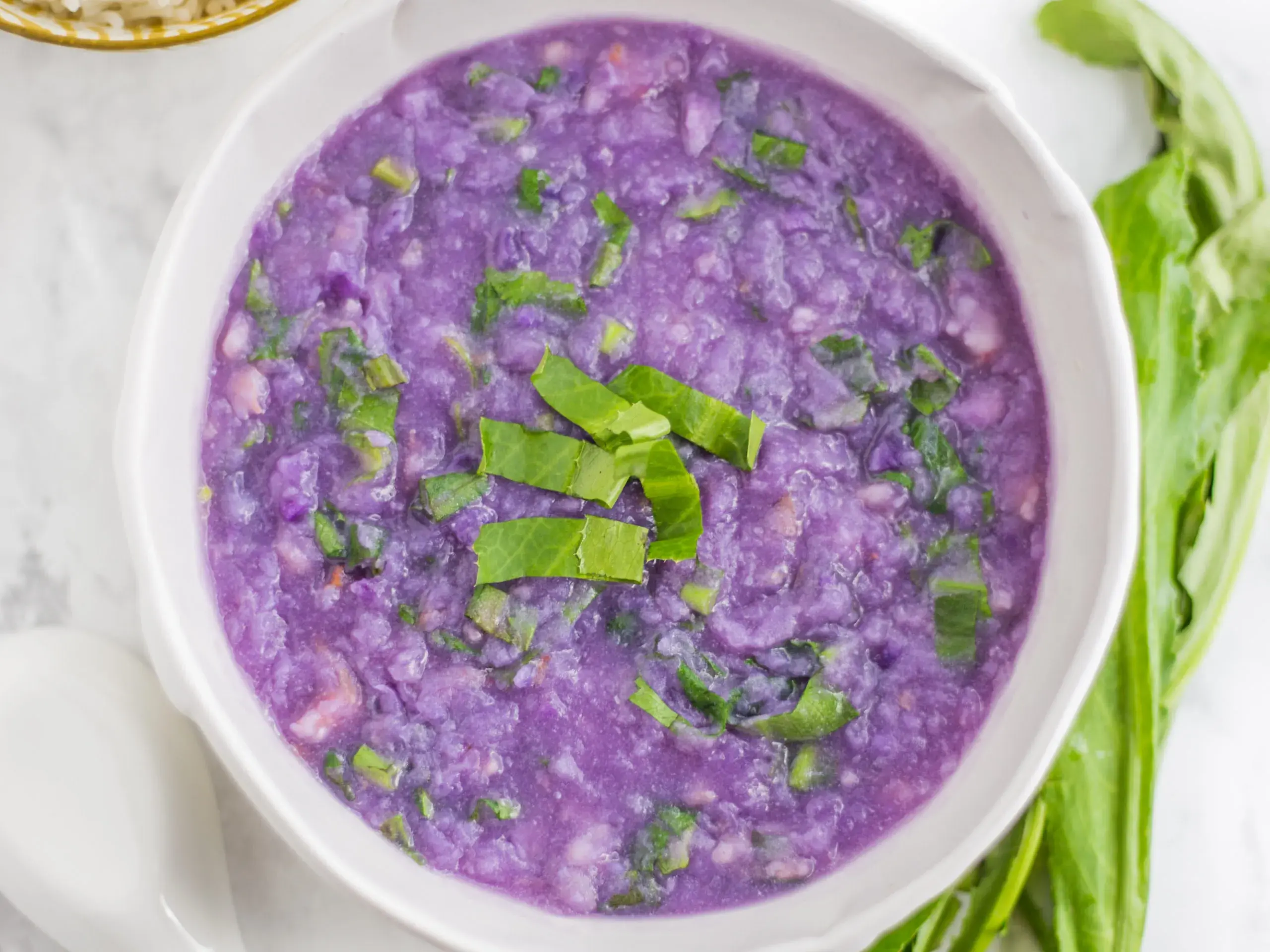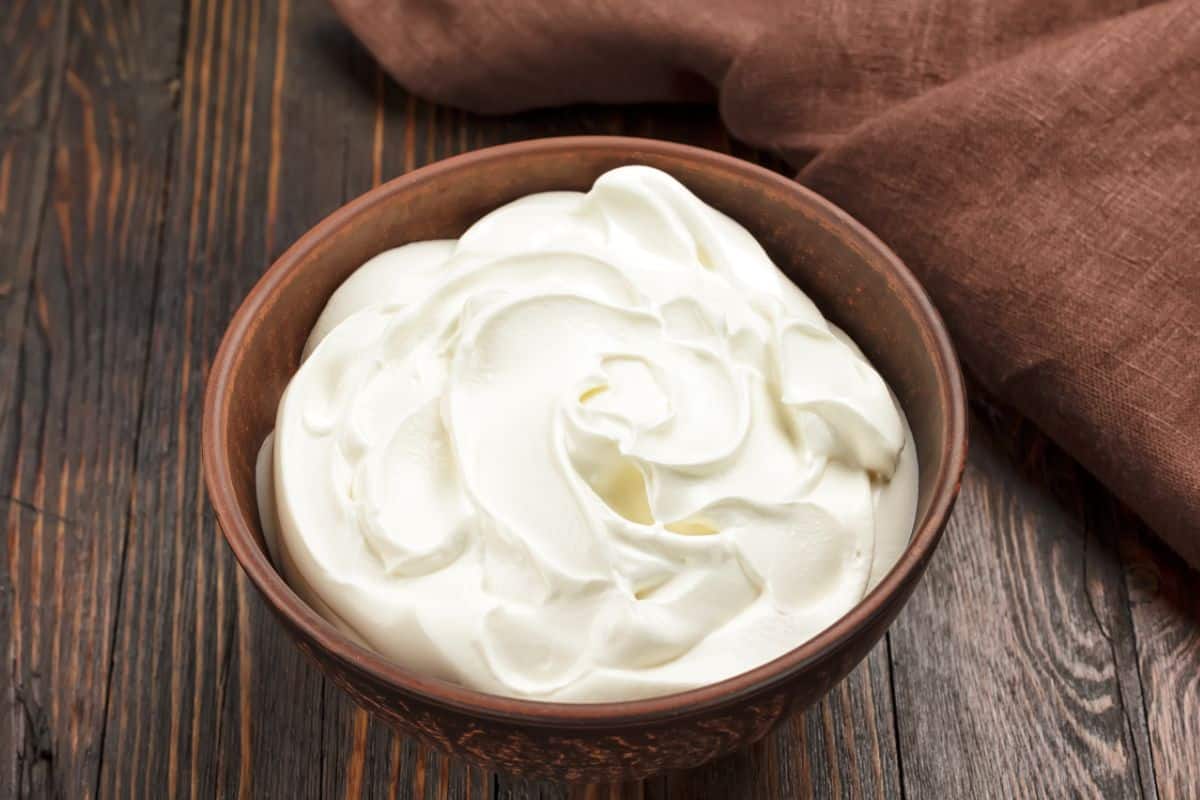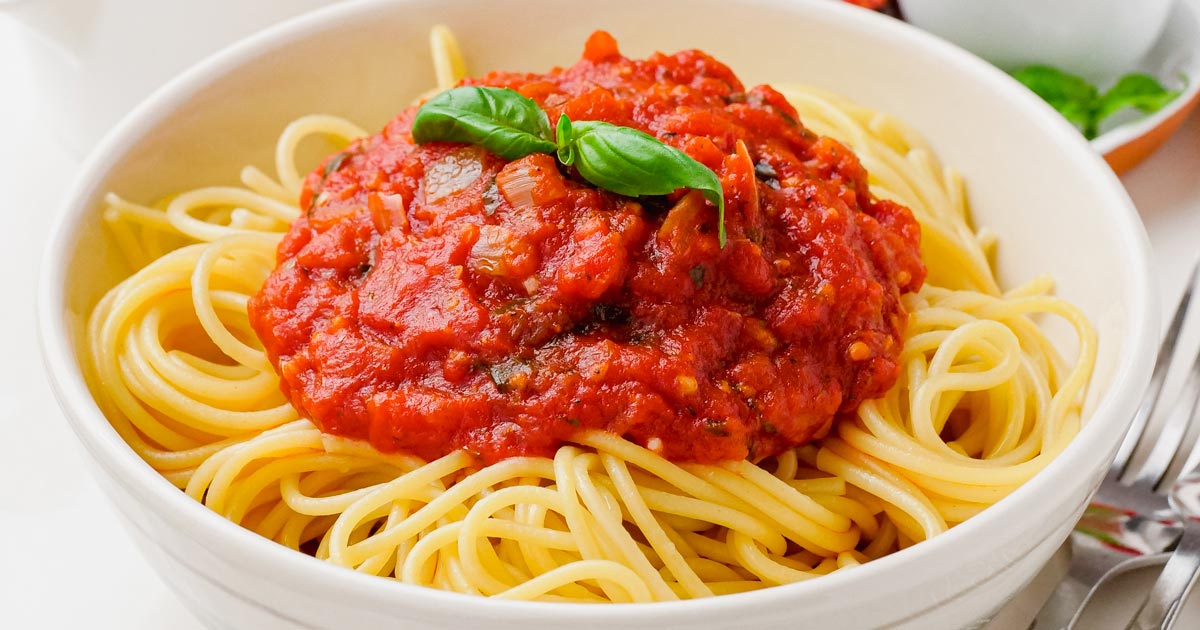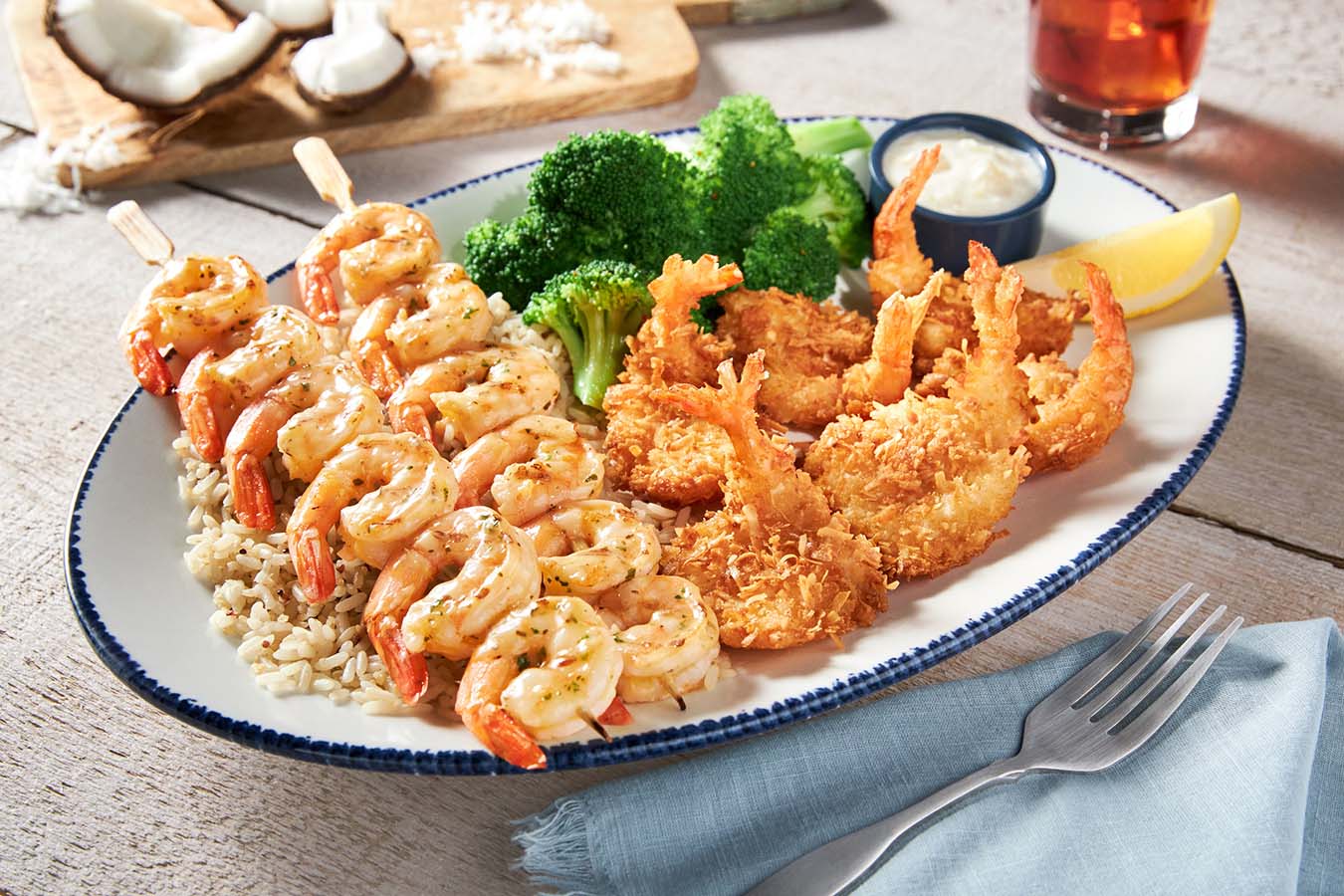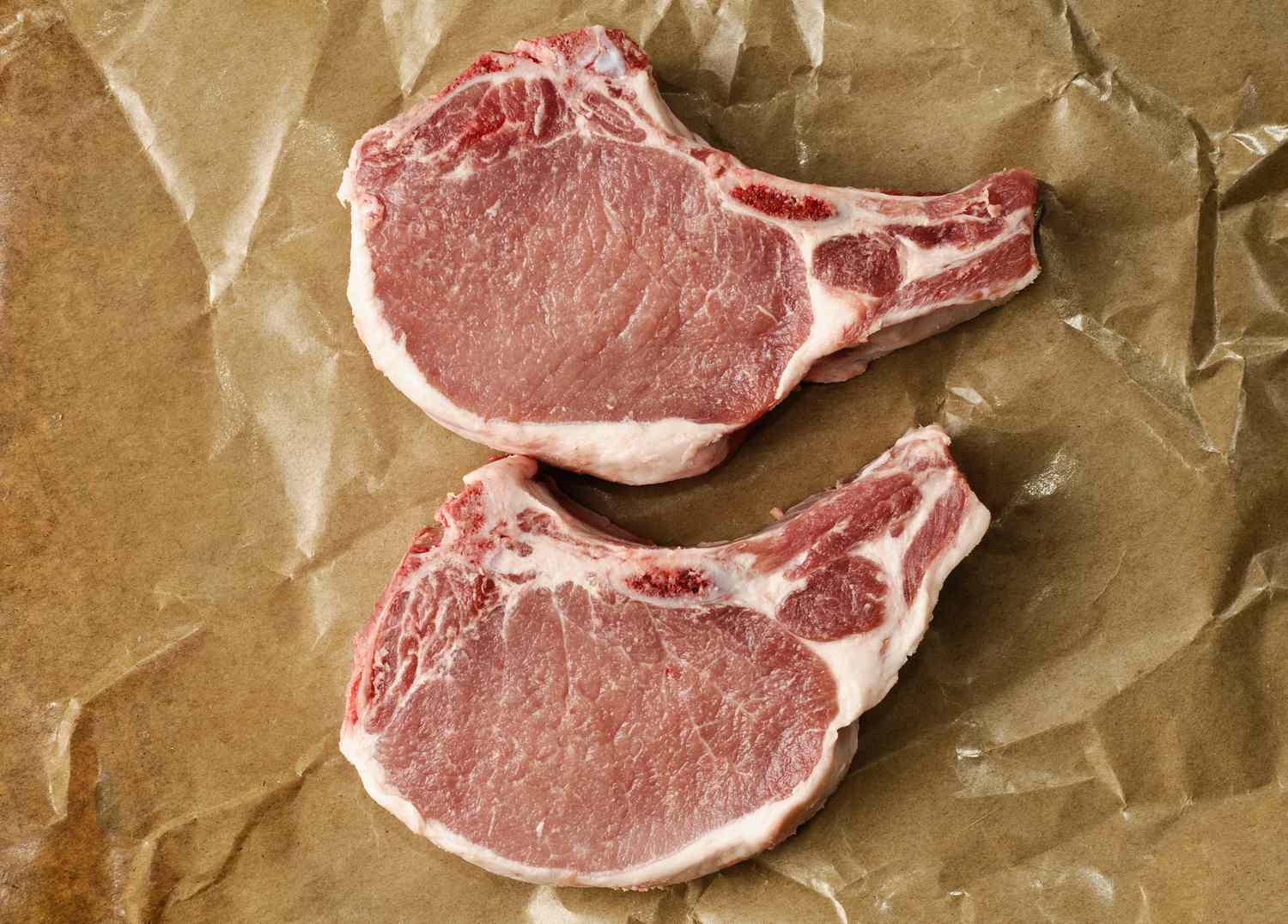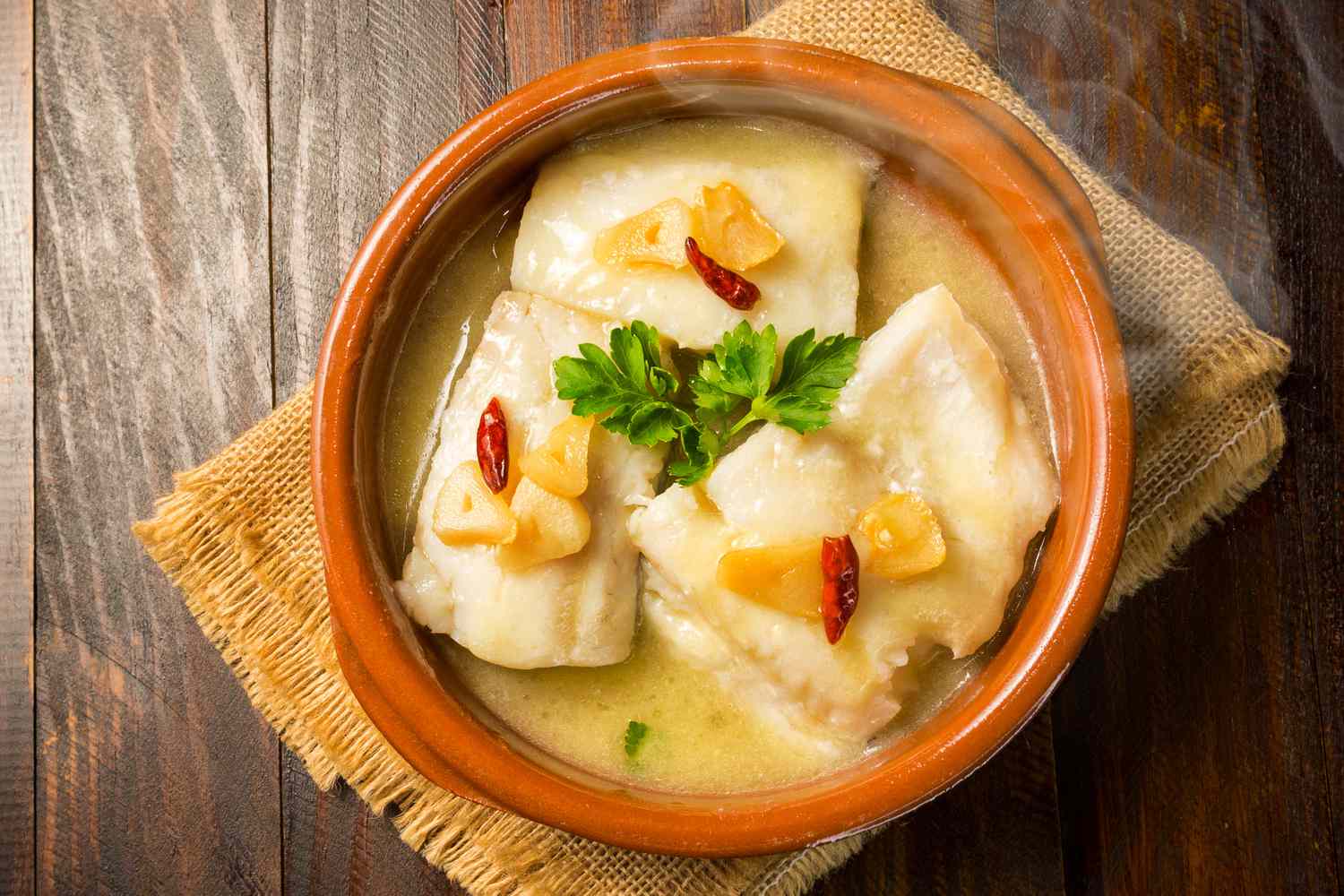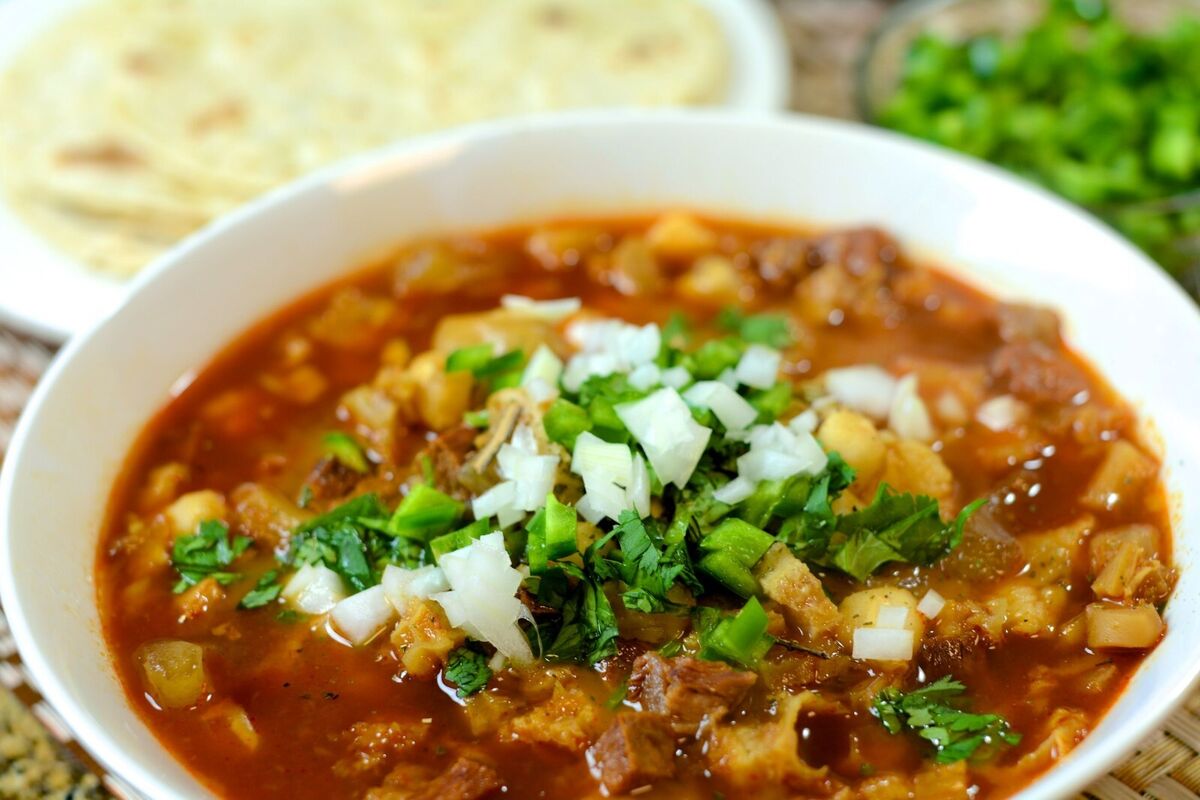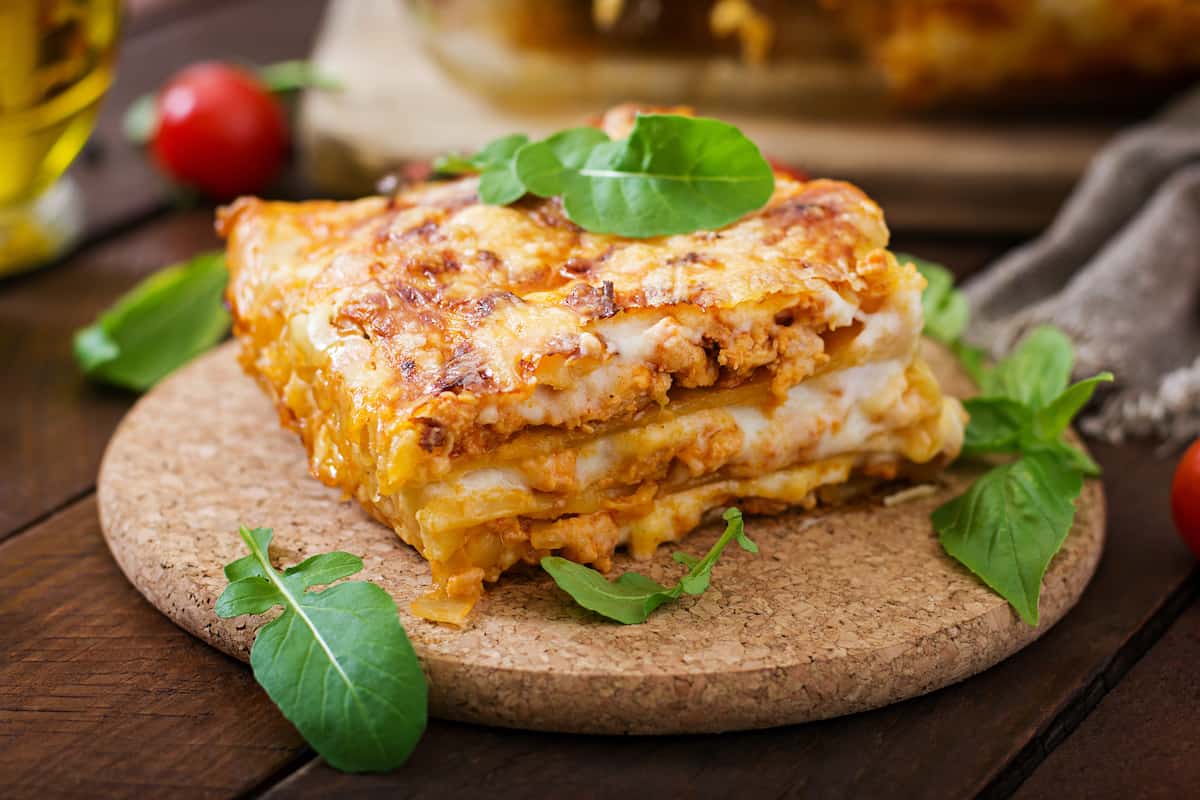The Difference Between Manteca and Lard
When it comes to cooking, there are many different types of fats and oils to choose from. Two popular options are manteca and lard. While they may seem similar, there are some key differences between the two.
What is Manteca?
Manteca is a type of fat that is commonly used in Latin American cooking. It is typically made from pork fat and is often used to add flavor and richness to dishes. Manteca can be found in both solid and liquid forms, depending on how it is processed.
What is Lard?
Lard is also a type of fat that is made from pork. It is similar to manteca in that it is used to add flavor and moisture to dishes. Lard is often used in baking and frying, and it can be found in both solid and liquid forms as well.
The Differences
While manteca and lard are both made from pork fat and serve similar purposes in cooking, there are some differences between the two:
- Origin: Manteca is a term commonly used in Latin American cuisine, while lard is more commonly associated with European and American cooking.
- Texture: Manteca tends to have a softer texture, while lard is firmer and more solid at room temperature.
- Flavor: Manteca and lard have slightly different flavors, with manteca often having a more pronounced pork flavor compared to lard.
- Usage: While both can be used for frying and baking, manteca is often used in dishes such as tamales and refried beans, while lard is commonly used in pie crusts and biscuits.
Which One Should You Use?
When deciding between manteca and lard, it ultimately comes down to personal preference and the specific dish you are preparing. If you are cooking a traditional Latin American dish, manteca may be the preferred option. On the other hand, if you are baking a pie or making biscuits, lard may be the better choice.
Both manteca and lard can add delicious flavor and texture to your cooking, so don’t be afraid to experiment with both to see which one you prefer!
Conclusion
While manteca and lard share some similarities, such as being made from pork fat, they also have distinct differences in terms of origin, texture, flavor, and usage. Understanding these differences can help you make informed decisions when choosing which fat to use in your cooking.
Whether you’re cooking up a batch of tamales or baking a flaky pie crust, both manteca and lard have their own unique qualities that can enhance the flavor and texture of your dishes. So, next time you’re in the kitchen, consider reaching for either manteca or lard to take your cooking to the next level!
Was this page helpful?
Read Next: What Is A Malted Waffle
